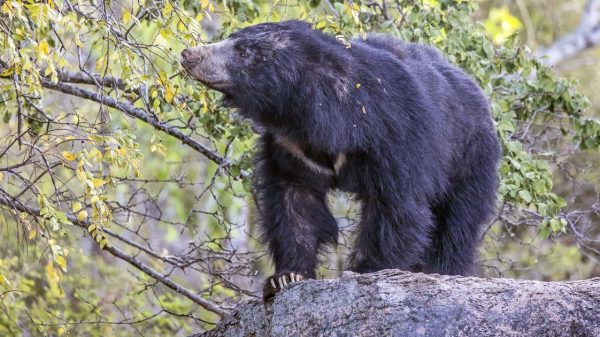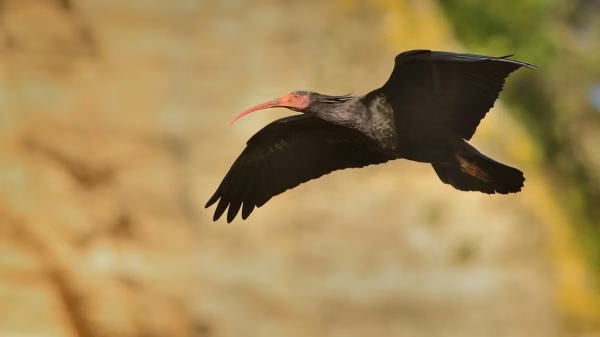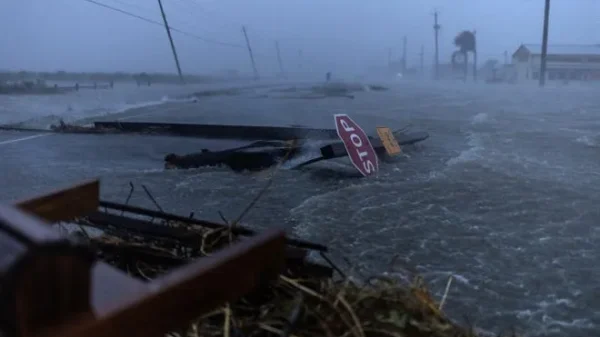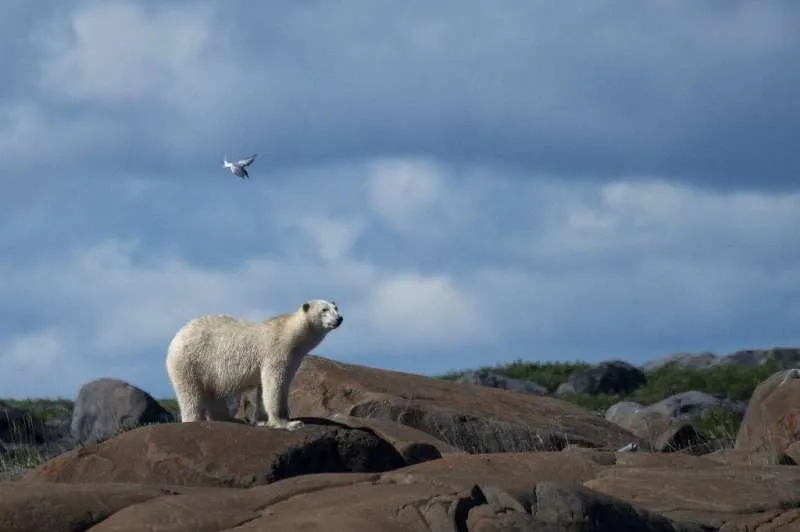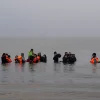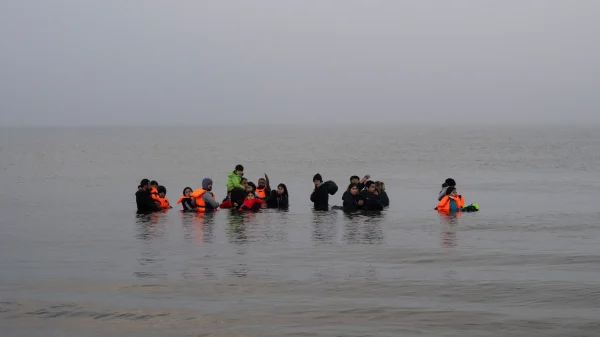In the small whaling village of Wales, Alaska, a tragedy occurred when a polar bear mauled to death a young mother and her one-year-old son as they left a school for a short walk to the medical clinic. The attack was a rare and shocking event, as it was the first fatal polar bear attack in Alaska in three decades. An investigation was launched to determine the cause of the attack, and samples were collected from the bear’s head to determine its age, health, and potential underlying factors that may have contributed to its aggressive behavior.
The investigation revealed that the bear was an adult male, likely older and in poor physical health. However, tests for pathogens that affect the brain and cause aggressive behavior were negative for rabies, toxoplasmosis, distemper, and bird flu. This suggests that the bear’s behavior may not have been influenced by any known health issues. The Alaska Department of Fish and Game and the US Fish and Wildlife Service have stated that there is no definitive explanation for the bear’s poor physical condition, and officials are still working to determine the likely cause of its behavior.
The attack on the mother and child was a devastating event for the community of Wales, which is a small village of about 160 people located about 640 miles northwest of Anchorage. The village is accessible only by plane or boat, and the residents rely on subsistence hunting and fishing to survive. The attack has raised concerns about the safety of the community and the potential risks of polar bears in the area.

Polar Bear Attack in Western Alaska
Polar bears are the largest bear species, with males weighing between 270-540kg and reaching lengths of up to 10 feet. They are adapted to their Arctic habitat and feed on seals, walruses, and beluga whales. However, as the Arctic environment changes due to climate change, polar bears are being forced to adapt to new conditions, which can lead to changes in their behavior and potentially increase the risk of encounters with humans.
The tragic event in Wales highlights the importance of understanding and managing the behavior of polar bears in the region. It also underscores the need for communities to be aware of the potential risks posed by polar bears and to take steps to reduce the likelihood of encounters with these potentially dangerous animals. As the investigation into the attack continues, officials and residents are left to wonder what might have triggered the bear’s aggressive behavior and how to prevent such events in the future.

























